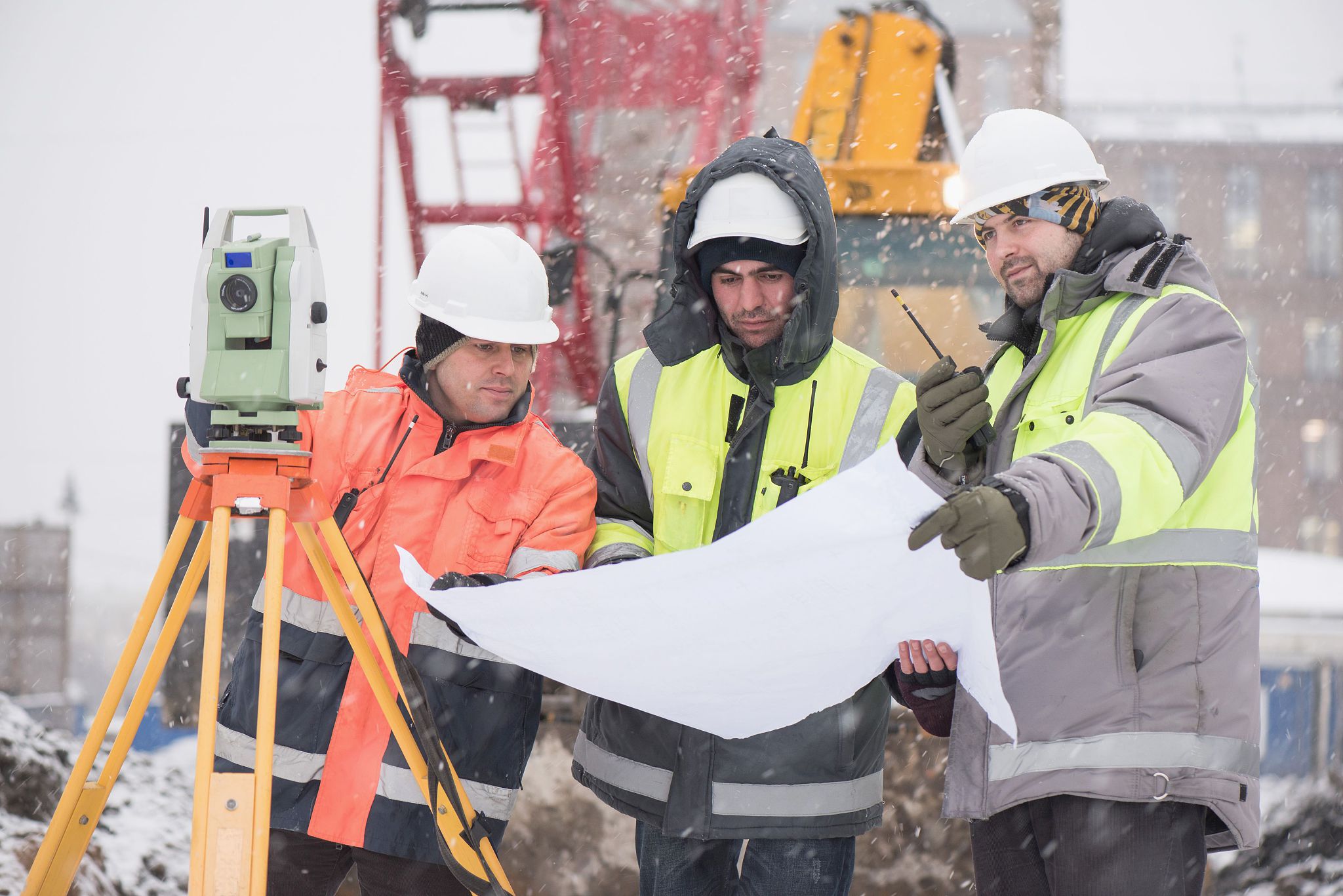The Impact of Seasonal Weather on Construction Projects in St. Petersburg
Es
Understanding the Climatic Conditions of St. Petersburg
St. Petersburg, with its unique geographical location, experiences a variety of weather conditions throughout the year. These conditions significantly impact construction projects, influencing timelines, budgets, and safety measures. Understanding the local climate is crucial for planning and executing successful construction ventures.
The city is known for its humid subtropical climate, characterized by hot summers, mild winters, and frequent precipitation. Each season presents distinct challenges and opportunities for construction professionals.

Summer: The Peak Construction Season
Summer in St. Petersburg is typically the busiest time for construction projects. With longer daylight hours and warmer temperatures, this season provides an ideal environment for outdoor work. However, the high humidity and occasional thunderstorms can still pose challenges.
To maximize productivity during summer, it is essential to plan for potential weather disruptions. Construction managers often implement flexible schedules and contingency plans to accommodate sudden weather changes.
Strategies for Managing Summer Weather
Construction teams can adopt several strategies to mitigate the impact of summer weather:
- Regularly monitor weather forecasts to anticipate and prepare for storms.
- Ensure proper hydration and sun protection for workers to prevent heat-related illnesses.
- Utilize weather-resistant materials to minimize damage from unexpected rain.

Winter: Navigating the Cold and Wet Conditions
While winters in St. Petersburg are milder compared to northern regions, they still present challenges such as cooler temperatures and increased rainfall. These conditions can affect the curing of concrete and the stability of structures.
Construction projects during winter require careful planning, especially regarding equipment maintenance and worker safety. Ensuring that machinery is adequately winterized and that workers are equipped with appropriate clothing is vital.
Adjusting Construction Practices for Winter
To successfully continue construction during winter months, consider the following practices:
- Use temporary shelters or enclosures to protect ongoing work from rain.
- Adopt techniques such as heated enclosures for concrete curing.
- Schedule interior work when possible to minimize exposure to harsh weather.

Spring and Fall: Transition Seasons
The transitional seasons of spring and fall offer moderate weather conditions that can be advantageous for construction projects. However, these periods also come with their own set of challenges, such as unpredictable temperature fluctuations and varying levels of precipitation.
During these seasons, construction teams must remain adaptable, as sudden weather changes can still affect project timelines. Proper planning can help mitigate these impacts and maintain steady progress.
Leveraging the Benefits of Transitional Seasons
To make the most of spring and fall conditions, consider:
- Scheduling critical tasks during periods of mild weather to ensure efficiency.
- Implementing flexible work plans that allow quick adjustments to changing conditions.
- Utilizing transitional seasons for tasks that require stable weather, such as painting or landscaping.

Conclusion: Planning for Success
The impact of seasonal weather on construction projects in St. Petersburg is undeniable. By understanding and anticipating these climatic variations, construction managers can develop strategies to overcome challenges and capitalize on favorable conditions. Careful planning and adaptability are key to ensuring that projects remain on schedule and within budget, regardless of the season.